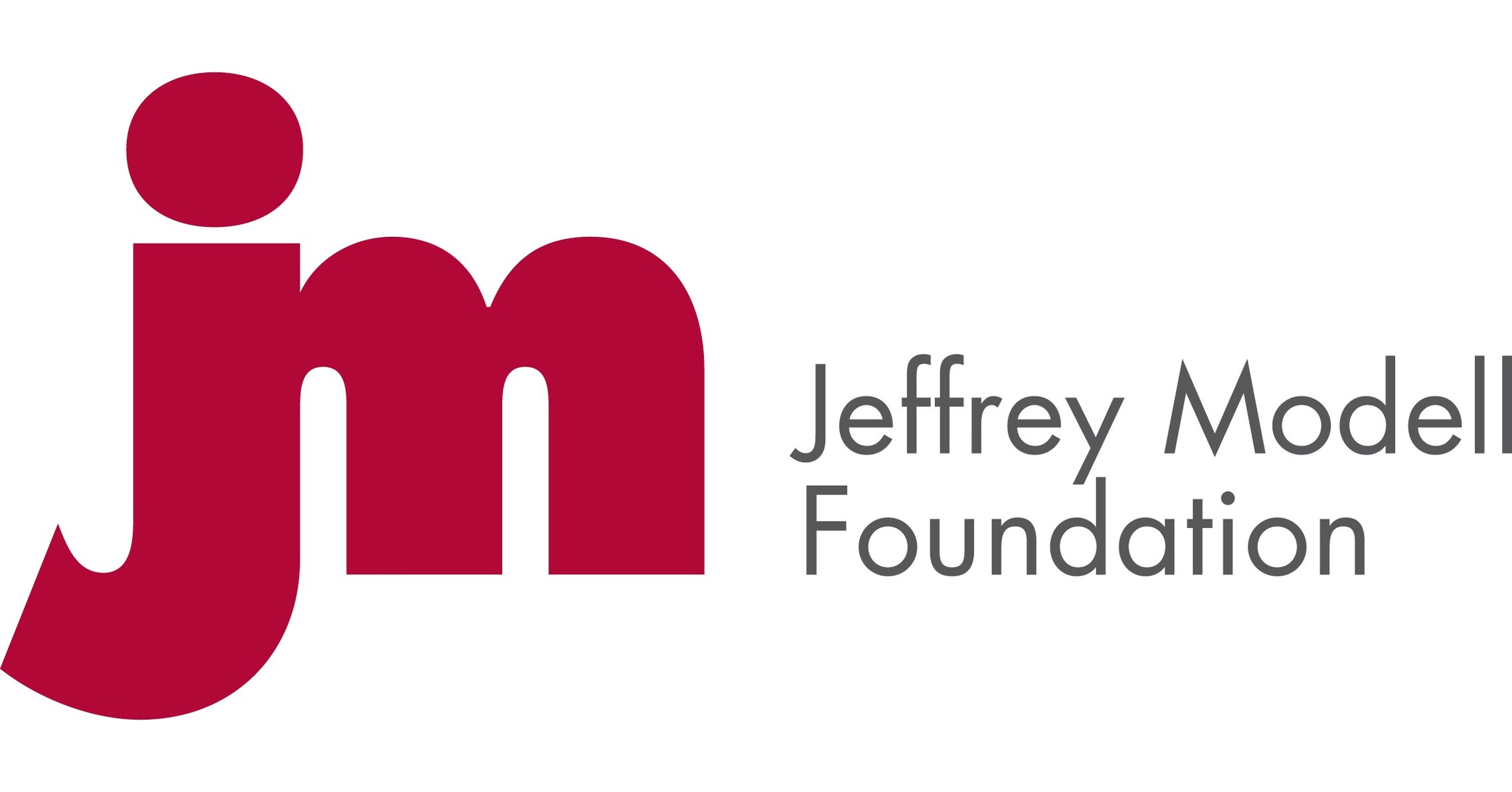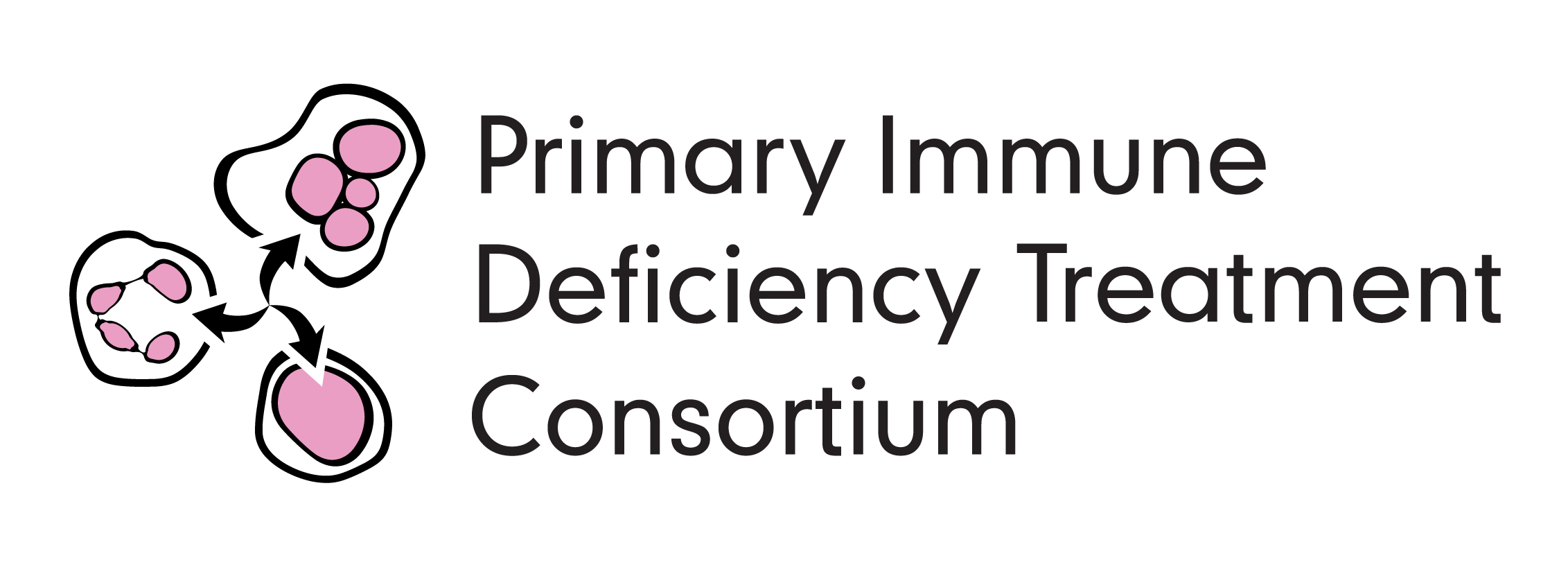Newborn Screening
What is Newborn Screening for SCID?
Until recently, infants with SCID would present to their doctors’ offices or hospitals with signs and symptoms of an infection. Often this would occur many times, or the infection would become quite serious before it was recognized by doctors that the patient had SCID. Once a serious infection was occurring, it may have already been too late to perform a transplant (or gene therapy); or, the infection made the transplant process more complicated. One thing the PIDTC has confirmed is that infants with SCID who are transplanted before 3 months of age do better than infants who are transplanted later in life, in part because younger infants have had fewer infections.
This led researchers to search for a test that could alert doctors to a patient with SCID early on in life (within the first week or two after birth), before the patient developed severe infections. This test was discovered and is called the T-Cell Receptor Excision Circles test (TRECs for short). As SCID is a rare disease and babies would need to be screened for TRECs before they had signs of infection, large populations of babies would all need to be tested right after birth in order to pick up the rare baby who would be affected by SCID.
In all states (US) and provinces (Canada), newborn screenings for a variety of diseases (other than SCID) have been around for many years. Each state/ province screens for different rare diseases. At birth, all babies have a prick done on their heels (called the “heel prick” test) as part of the newborn screening. In certain states and provinces newborn screenings now include the TREC test to screen for SCID. As of May 2015, about 70% of all newborn babies in the US are screened for SCID. These babies will be diagnosed early on (often in the first few weeks of life) before the onset of serious infections. The other 30% of newborns are not screened because some states have not yet implemented newborn screening for SCID. A future goal is to have 100% of newborns screened for SCID.
It seems likely that newborn screenings for SCID will significantly improve outcomes for this rare disorder in the future. One of the goals of the PIDTC is to continue to study how newborn screenings improve transplant and gene therapy outcomes, as well as to lobby for all states and provinces to adopt newborn screenings for SCID.

Locations
The Jeffrey Modell Foundation, a patient advocacy group supporting patients with primary immunodeficiencies, screens newborn for severe combined immunodeficiency (SCID) and t-cell lymphopenia in select areas located around the world.
Learn More
